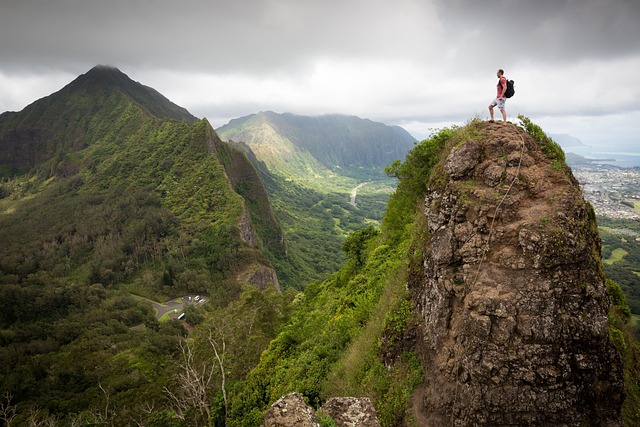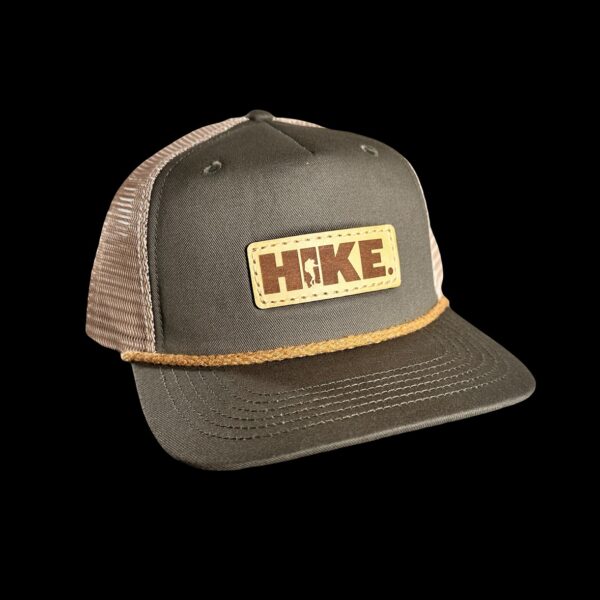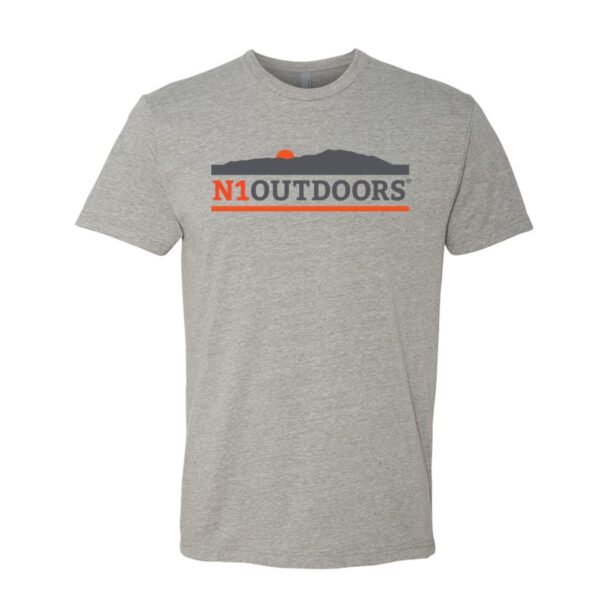A hiking trip can involve incredible adventure.
Beautiful sights, the thrill of conquering a peak, or traversing bottomland are just a few of the many escapades that await.
But, while imagining your final destination can captivate the imagination… you first need to prepare for the trip!

It can be rather challenging to be ready and at the same time pack only what is necessary… which is why this guide was created.
And while you want to be sure you have everything you need, you also don’t want to take so much that you feel like your backpack is fighting you every step of the way!
So, whether you’re taking an ambitious hike or a more leisurely stroll, let’s cover 8 things to take on your hiking adventure!
First, Assess The Trip
The first thing that needs to be assessed when deciding what to take hiking is the level of the hike’s toughness as well as its duration.
For example, a 10-mile walk may sound like a fun adventure, but if you usually take short, relaxed strolls, it’s advisable to take an easy trail.
Also, don’t forget to pay attention to the climate and the weather conditions of your target hiking destination. Will you be walking through a hot, barren wasteland, or a shady area such as a forest?

Knowing the details of the environment you will be hiking will also assist in making sure you pack adequately and not forgetting essential items like clothes, hats, or umbrellas. In the same way, being knowledgeable about the destination will keep you from overpacking.
The choice of what backpack to take is also important insofar as comfort is concerned because it affects how the body load is distributed and how it causes tension.
The other aspect of preparation is goals and objectives, which should be achievable. Though you may envision climbing high mountains, starting with some easier mountains is wise for gaining experience and confidence.
Essential Items for Every Hike
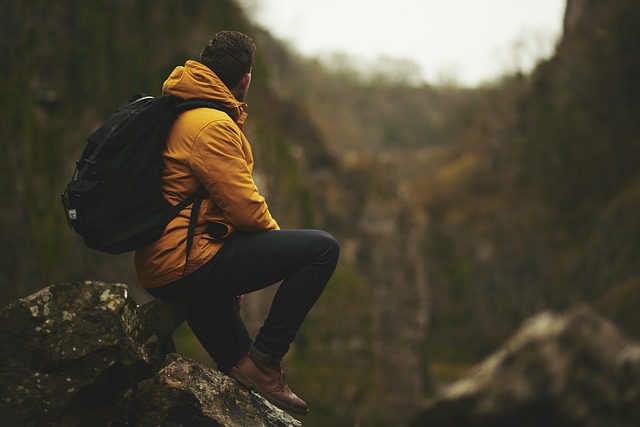
Now that you’ve assessed your hiking destination, let’s take a look at some specific items you can take on your trek…
1. Navigational Items
Navigational items should be staples you take with you hiking, even if you are traversing a familiar area.

Trails can often appear very similar, and a hiker could very well find oneself on the wrong trail and lost. So, when planning to go out, ensure you have at least a paper map of the area and be sure to and study it to know the terrain and location of the area you will be in.
Now, before you downplay the use of paper maps, keep in mind that a smartphone with GPS is certainly handy, but also unreliable, particularly in places with poor network or low battery charge. Therefore, a paper map and a simple compass should always be carried along in your pack.
On the other hand, if you take a GPS device with you, be sure to familiarize yourself with it’s usage, as it could certainly come in handy if you are to get lost or if you find yourself in a survival situation.
2. Mini Whiteboard
A mini whiteboard may not be an object that people think of when they make a list of what to take hiking, but it can actually come in very handy. For one, it can also be used to leave messages in an emergency. It can also be beneficial when one of the members in the hiking group has a weak voice or is unable to speak loudly enough due to weather conditions.
Miniature white boards can also have a more functional purposes, such as mapping or writing directions about the trail, or to making a list of things to do.
Some hikers like to take notes, and while some hikers bring along a journal, others prefer a mini whiteboard because it’s portable, reusable, and easily accessible. It’s a smart accessory for any hiker to be well-organized and safe on the trail.
3. Hiking Sticks
Hiking sticks (also known as trekking poles) can be helpful, especially when the ground is hard, steep, wet, and muddy.
They relieve pressure on your knees, increase your steadiness, and enable you to regulate your speed, which is especially important when going downhill.

Though a branch can be used in the worst case scenario, contemporary hiking sticks are produced from lightweight but very strong materials such as carbon fiber or aluminum, have handles, and come in sizes that are easily adjustable, depending on the ground’s surface.
4. Clothing and Footwear
It’s essential to wear appropriate clothing for the climate and the ground conditions. Earing multiple layers of clothing can help you regulate body temperature as needed. In the same way, moisture-wicking fabrics help keep sweat and moisture away from the skin, making it easier to evaporate.
When going for a hike during the day, long sleeved, light colored clothes can help with sun protection and anti-mosquito clothing helps keep those pesky bugs at bay.
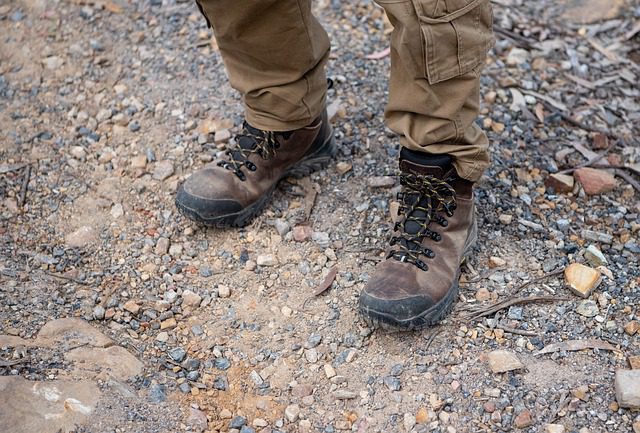
The type of shoes you wear should also be suitable for the specific conditions present on the terrain. Trail runners or sandals may be enough for short, level terrains, whereas for rough or muddy terrains, sturdy shoes with high ankle support are best.
Be sure you wear them beforehand to break them in, to prevent painful blisters while on the trail.
5. Sun Protection

UV rays can be extreme, even on a cloudy day, and especially in high altitudes. So, skin protection should not be considered just a luxury, but a necessity.
You need to be sure to take a sunblock with a high SPF number, SPF lip balm, and UV-blocking sunglasses in your checklist. A hat or cap with a wide brim also protects the face and the back of the neck from the sun. Be sure to reapply sunscreen frequently if you are sweating or in wet conditions.
6. Headlamp
If you’re planning a day hike, you might not think of taking a headlamp. However, it’s small, compact, and could be the only apparatus that helps you get home in one piece.
It’s good to be aware that in forests and valleys, it can get darker sooner than in open areas. Also, if a you end up staying on the trail too late, hiking out becomes much more dangerous, as you may not be able to adequately see the trail or obstacles on the way.
So, a good waterproof headlamp allows the hands to remain free and yet keep the trail adequately illuminated. It’s also advisable to carry spare batteries before you embark on the trip.
7. First Aid Kit
A small first aid kit should be part of every hiker’s gear. It should at least contain adhesive bandages, antiseptic wipes, blister treatments, gauze, and tweezers.
There may be other items you will want to add, like medications, allergic reaction treatments, or insect sting kits.
8. Food
Were you wondering if we were ever going to get to food?
Depending on the length and difficulty of your hike, you will need the appropriate amount of calories. In general, good hiking foods will be shelf-stable, lightweight and be packed with nutrients.
And remember, convenience is key. So, be sure to pack nutritious and convenient food that is either ready-to-eat or quick to prepare.
It’s also helpful to take foods that require minimal to no cooking.
Now, Go Get On The Trail!
The secret to a successful hiking trip is to be well equipped, but not too encumbered with gear and equipment. The eight items we have covered are the basics to ensure that you have a safe and fun experience.
Here’s to fun and safe adventures!

